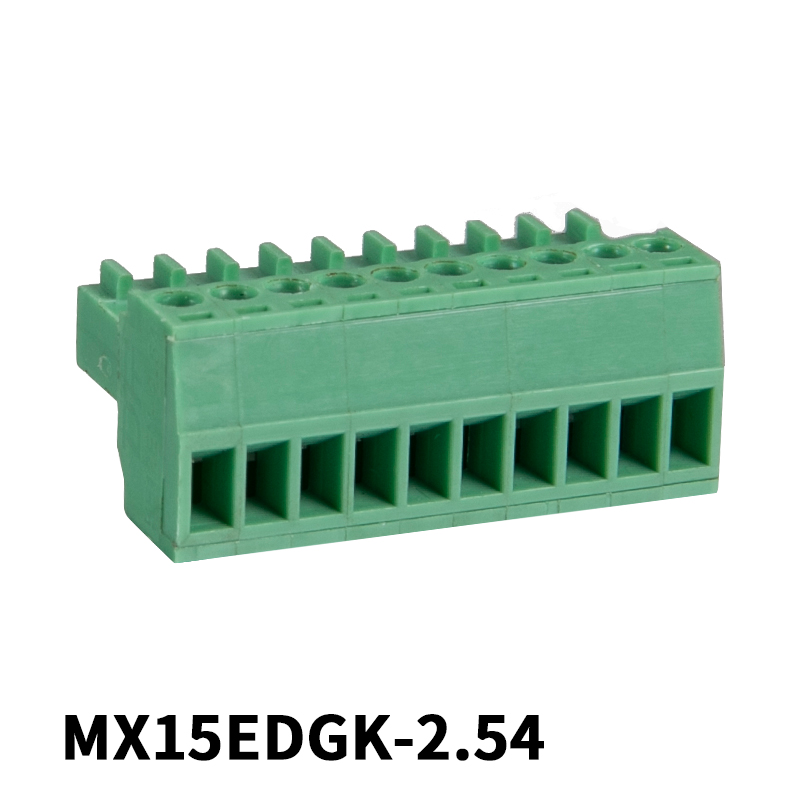A terminal block is simply a connector used to connect two or more electrical circuits together. Also called a plug-in terminal block, these blocks utilize a locking mechanism and conducting strip to securely connect and disconnect connecting cables. Nbmax terminal block helps users connect multiple outgoing electrical circuits to a single incoming circuit, due to its insulated interior and numerous terminals. With the invention of these terminals, it has become possible to establish an automated system, which can be used for controlling or monitoring the connections between various electrical circuits. However, before you opt for this type of plug-in terminal block, it is important that you should learn about its working.
Basically, the terminals are available in two types, those that come along with mains and those that are portable. The most common type is the mains-based one. Mains terminal blocks are designed to handle heavy duty and high voltage power distribution units. Usually, mains terminal blocks are installed in power distribution grids, transformers, and generators. Mains terminals are typically available in four different sizes, namely, plugs for direct and alternating current, three different pins for voltage and one ground. They are usually available in three-prong and two-prong designs.

You should first determine the voltage rating of the circuits that you are going to connect. This is done by measuring the resistance to the current at the terminals and determining their maximum load. Once you have acquired the required information, you should buy a plug-in terminal block based on the maximum load requirement.
Some of the terminals are designed to prevent the occurrence of a conductive or dissipating current leakage when the voltage across them increases, thereby protecting the insulation. There are two types of prevention devices in a mains terminal block. One of them is a safety ground wire that stops the current leakage from penetrating into the interior. The second is called the safety guard or grounding conductor that protects the wire insulation.
Terminal blocks are also available with fastening devices that help in securing the wires to the blocks. These fastening devices are often metallic or in the form of screws or bolts. Some of these devices can be operated manually or electrically. If the terminals are to be mounted outside, you may opt for stainless steel screws that offer better protection.
When choosing a terminal block, the size and color are very important factors. It is best to buy the largest size that can physically fit all the wires that you will be connecting. The terminal blocks are normally available in different shapes such as round, square and rectangular. In addition to choosing the correct shape, it is also important to choose the right color. The wires are more visible when they are of a specific color.
When choosing the correct terminal block for the wire type that you will be using, it is best to consider the wire gauge. Gauge refers to the diameter of the wire and it is measured in millimeters. Another important factor that you have to consider when choosing a particular wire is the wire type. There are mainly three types of wires: copper, ribbon and bare copper wire. Bare copper wire is the one with the larger diameter and is used for heating and hot connections.
Terminal blocks also use various techniques to connect two wires together connector. These techniques include mechanical, electronic and mechanical combination. The mechanical technique includes double side tapes and push-fit terminals. Electronic technique uses push-fit terminals and thermal fasteners. The combination technique uses thermal fasteners and mechanical fasteners.